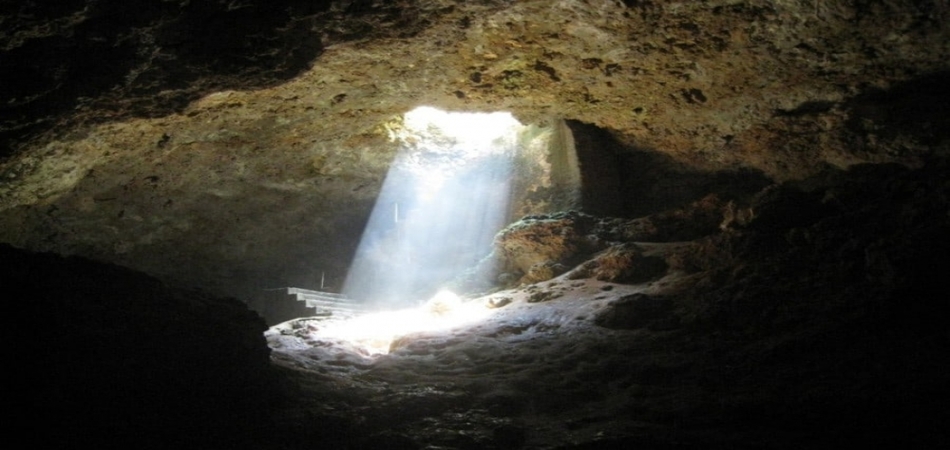mangapwani slave chamber zanzibar

Mangapwani slave chamber Tour
Overview
Mangapwani which typically signifies Arab shore is situated on the coast and this spot is approximately 20 km north of Zanzibar Town. The Coral Cave is a profound natural cavern located in the coralline rock with a thin passageway and a pool of fresh water at its lowest point. Water was most likely gathered from here by early occupants of this piece of the island yet previously vegetation developed across the passageway and the specific situation of the cavern was neglected.
Meanwhile, the Mangapwani Slave Chamber is situation is a location that is approximately 20 Kms North of Stone Town. Zanzibar Slave Chambers was structured around 1880 from the cave and linked with the seaside 2kms away. It was a significant travel point for the caught slaves to be offered to the rest of the world at the hour of the abolishment of slavery in 1873 especially in Arabs.
Details Itinerary
The Mangapwani Slave Chamber is a couple of kilometers further up the coast from the Coral Cave. Albeit sometimes called the Slave Cave, it is a square-formed cell that has been removed of the coralline rock, with a roof on top. It was initially worked for putting away slaves, and its development is credited to one Mohammed canister Nassor Al-Alwi, a significant slave merchant.
Boats from the mainland would empty their human load on the close by the beach, and the slaves would be kept here prior to being taken to Zanzibar Town for resale, or to plantations on the island. It is imagined that at some point after 1873 when King Barghash marked the Old English Zanzibari settlement which officially annulled the slave exchange, the cave was utilized as a spot to shroud slaves, as an illegal exchange proceeded for a long time.
From 1880 - 1905, the Slave Chamber was being utilized as a position of covering the human freight forthcoming their removal. The Slave Chamber is a square underground cell that was removed of the coralline rock, with a roof on top. The territory is encircled by varieties of native trees, for example, Breadfruit, Rambotans, and scent shrubs. The chamber was initially constructed by Mohammed Bin Nassor Al-Alwi, a successful slave broker, to store his slaves. The Boats from Bagamoyo on the Mainland talk out would empty their human freight on an isolated beach, isolated from the fundamental Mangapwani Beach by coral-rock outcrops. The customary way from the beach to the Slave Chamber actually exists presently.
Afterward, the zone turned into the property of a rich Bedouin landowner called HamedSalim el Karthy who had numerous slaves chipping away at his plantations. During this time, the cavern was rediscovered by a little fellow searching for a lost goat. Nearby individuals had the option to utilize the water once more, and HamedSalim organized his slaves to gather the water routinely for his own usage. It has been suggested by antiquarians that the cave may have been utilized as a concealing spot for slaves after the exchange was officially canceled in 1873.
Mangapwani slave chamber Tour- Slave Chambers and Coral Cave
After of the slave trade abolition in the city, Coral Cave Tour in Mangapwani was apparently utilized by illicit merchants to conceal their slaves prior to sending them through the passage to forthcoming pirate ships. A tour full of history anticipates you to study your destination!
The Mangapwani Slave Chamber is a couple of kilometers away from the coast of the Coral Cave. Albeit sometimes called the Slave Cave, it is a square-formed cell that has been removed of the coralline rock, with a roof on top. It was initially worked for putting away slaves, and its development is ascribed to one Mohammed bin Nassor Al-Alwi, a significant slave dealer. Boats from the mainland would empty their human payload on the close by the beach, and the slaves would be kept here prior to being taken to Zanzibar Town for resale, or to plantations on the island. After 1873, Sultan Barghash authorized the Anglo-Zanzibari deal which officially abrogated the slave exchange, the cave was utilized as a spot to conceal slaves, as an illegal exchange proceeded for a long time.
Mangapwani Slave Chamber
To arrive at the Slave Chamber from Zanzibar Town, follow the bearings above to the Mangapwani Coral Cave. Rather than transforming into the Coral Cave, proceed on the country road for another 1km to arrive at the passageway to the Serena Restaurant as well as Watersports Center. Not long before you arrive at the Serena a small soil track branches off to one side. Finish this for 1km palm trees and bushes to arrive at the Slave Chamber. With care, you can arrive at the means that lead down onto the chamber floor. Close by a small way prompts a confined beach, located at different the principal Mangapwani Beach by some coral-rock outcrops.
PRICE & INCLUSION
Price From:
$ 20 /Person
Duration:2 hours
Total travelers- 1
INCLUSION
The price to be paid forMangapwani Slave Chamber tour covers;
Guiding fee
Conservation fee
Trained, friendly and professional guide
All government Fee & taxes
Hotel pickup and drop-off can be organized as per your request.
Available Multilingual Guide (English, French, Italian, German, Russian, and Spanish)
TERMS & CONDITIONS
Cancellations
BY OUR CLIENT: To cancel of booked tour/excursion, clients must do so by writing to US. This is when the cancellation will be acknowledged. Meanwhile, cancellation is subjected to some percentage off from the tour cost.
BY US: Cancellation of booked will only occur unusual and unpredictable occasion. Importantly, we do try our possible to avoid such occasion. Notably, another date for the tour will be communicated as soon as possible.

